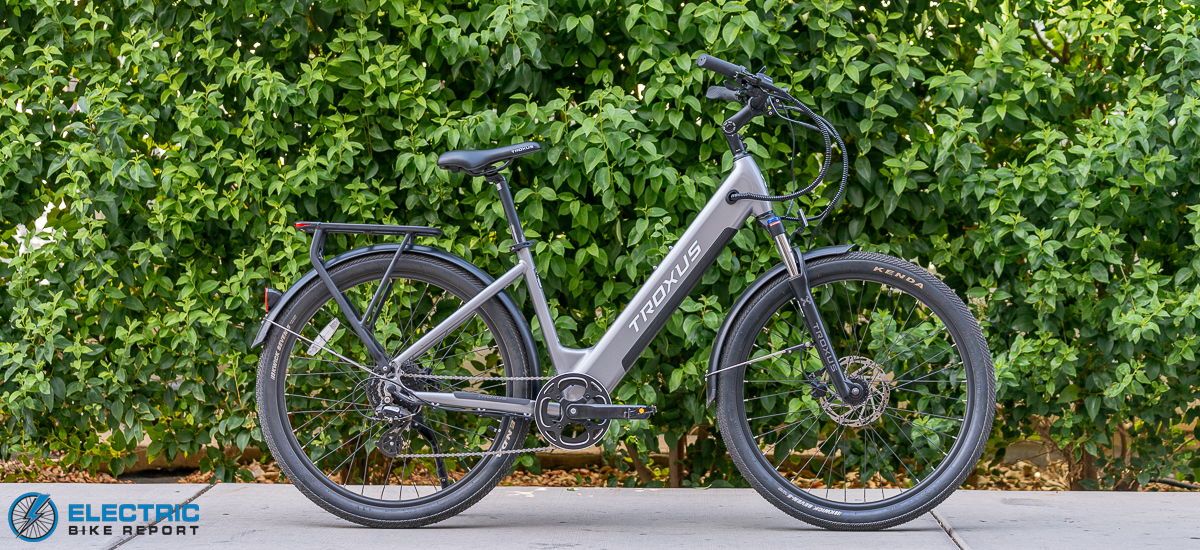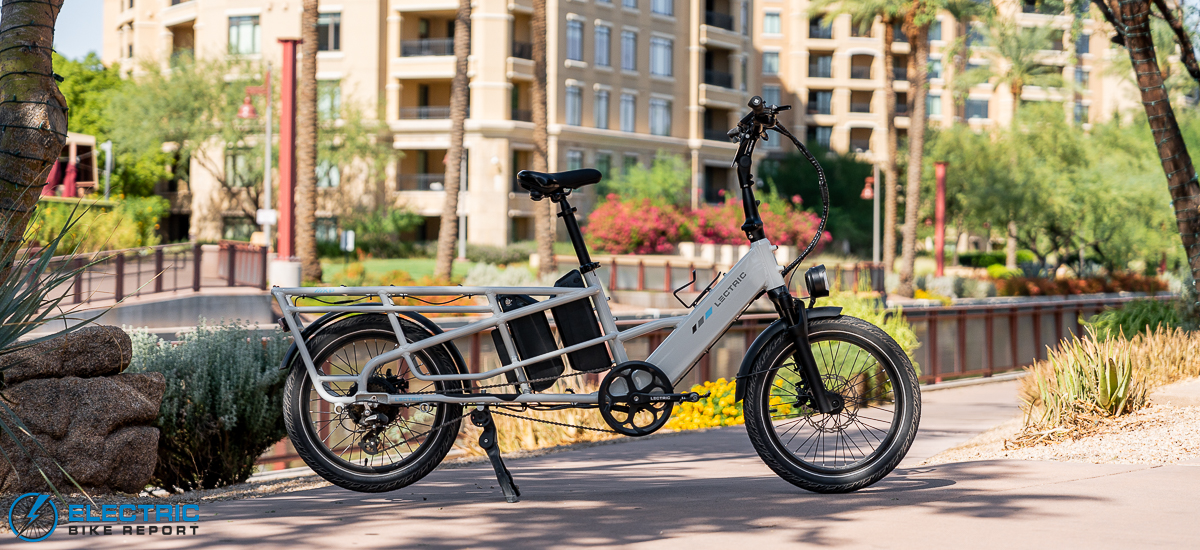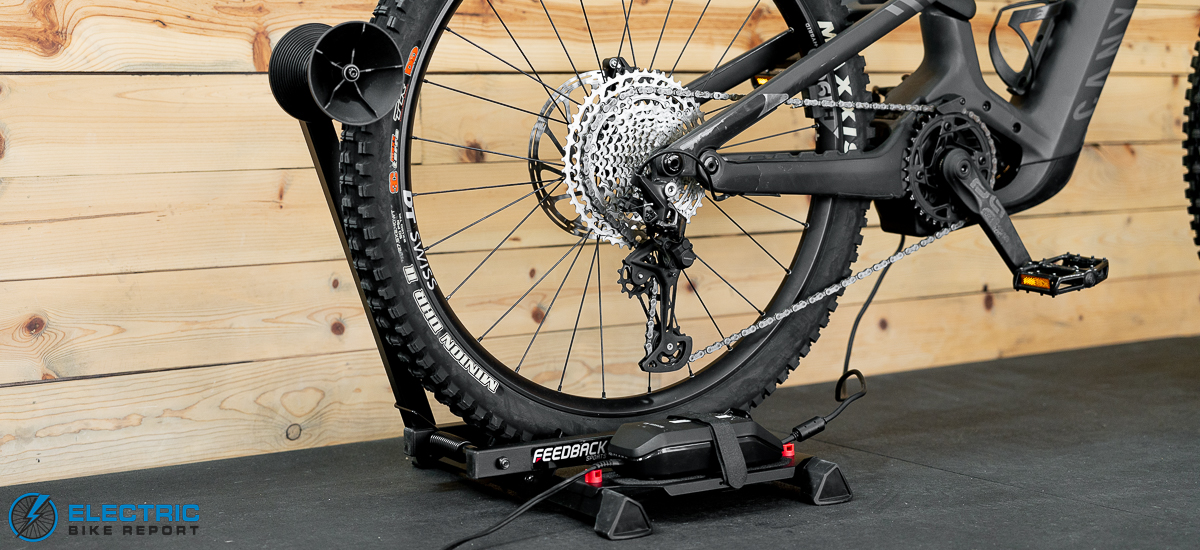
In terms of sizing and fit, we were pleased to note that the bike is available in two frame sizes: a small for riders between 5’0” and 5’7” and a medium fitting those from 5’7” to 6’3”. We tested the medium, which felt appropriate for my height of 5’11”, with room to spare for taller riders.
The Trax LT’s adjustable stem allows riders to tailor the bike’s fit to their preferences. With the stem angled forward, users can adopt a more forward-leaning riding position. Conversely, with the stem set vertically, the riding position can be more upright. Personally, I preferred the upright seating position due to some back issues, as it alleviated pressure.
I found the curved handlebars, cushioned saddle, and rubber grips to be comfortable as well; I was able to enjoy long test rides without any soreness.
The bike’s user interface was simple, colorful, and easy to read and understand. A large button pad made for simple operation and a color LED display inevitably gave the bike a nicer feel than a traditional black-and-white screen. I also appreciated the added touch of its included road animation that played when the bike was moving.
Troxus included fenders, a headlight, and a 55-lb capacity cargo rack with a taillight/brake light. We appreciate these features, as they are well suited to commuting, but considering the Trax LT’s price of roughly $1,600 (at the time of writing) and its display’s compatibility, we hope to see turn signals included in the future to increase the bike’s safety factor.
Critique aside, we found the Trax LT’s nimble handling and comfort to be some of its defining characteristics—in addition to its ability to effortlessly switch between cadence and torque sensing modes by holding its ‘+’ button.
Riders might choose the torque-sensing mode to extend their range or enjoy a natural-feeling, analog-like pedal experience. The cadence-sensing mode might instead be selected for easier control over the bike’s speeds or a less-intensive uphill experience.






